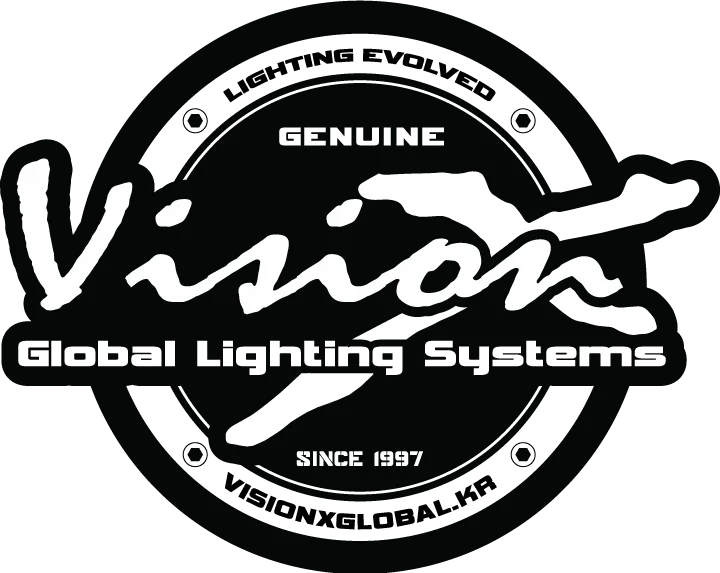GIVI V47NNT Tech Monokey Topcase (Ea) | 47 Liters/Case
Sale!In stock - Usually ships within 24 hours
$319.50 USD Add to cart
Top Cases-
Sale
130 ITEMS
Top Cases are a versatile way to add storage capacity to your motorcycle. We’ve enthusiastically put many brands to the test and are proud to offer the best from DrySpec, SW-MOTECH & Givi. These quality cases range in size from 30 liters to 58 liters for carrying as little or as much gear as you need for any trip. Securely store one or two helmets instead of lugging them around or leaving them prone to theft. Install a top case on your rig and enjoy the added versatility and security that will enhance every adventure!
Sort
In stock - Usually ships within 24 hours
$355.00 $319.50 USD
Add to cart
-
Sale
$205.00 $184.50 USD
Choose Options
-
Closeout Sale
In stock - Usually ships within 24 hours
$407.00 $366.30 USD
Add to cart
-
Sale
$356.40 – $430.20 USD Choose Options
Top Cases-
$291.60 – $352.80 USD Choose Options
Top Cases-
In stock - Usually ships within 24 hours
$398.00 $358.20 USD
Add to cart
-
Sale
In stock - Usually ships within 24 hours
$197.00 $177.30 USD
Add to cart
-
Sale
Not currently available to order
Top Cases-
Closeout
In stock - Usually ships within 24 hours
$488.00 $439.20 USD
Add to cart
-
Sale
In stock - Usually ships within 24 hours
$447.00 $402.30 USD
Add to cart
-
Sale
In stock - Usually ships within 24 hours
$460.00 $414.00 USD
Add to cart
-
Sale
In stock - Usually ships within 24 hours
$379.00 $341.10 USD
Add to cart
-
Sale
Cart has been replaced
We use several stock statuses in our website. These are:



